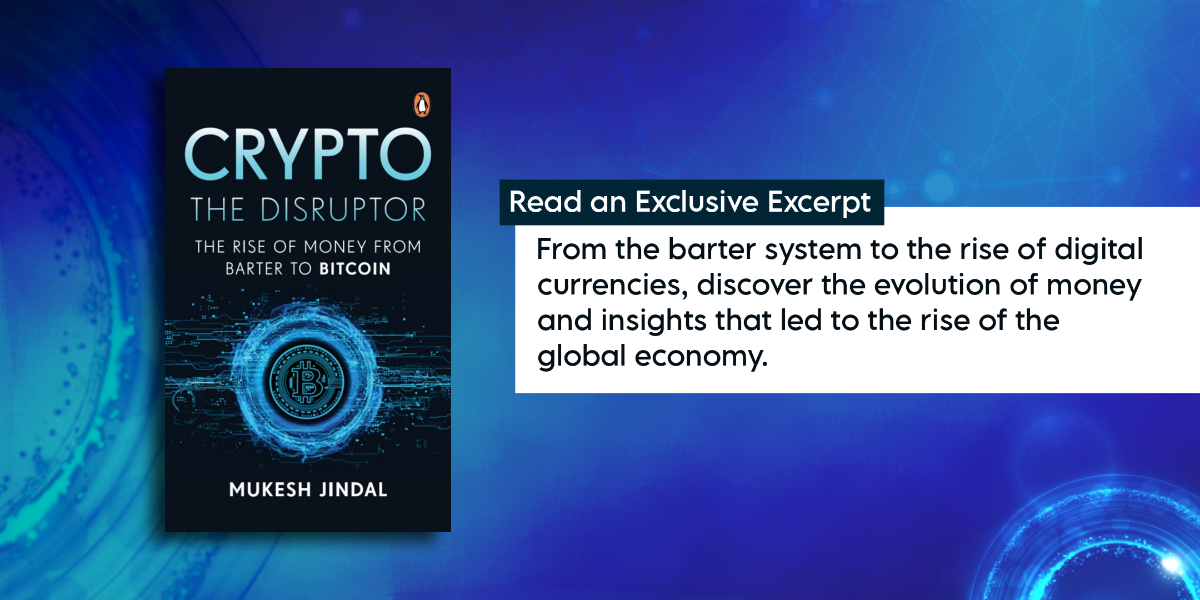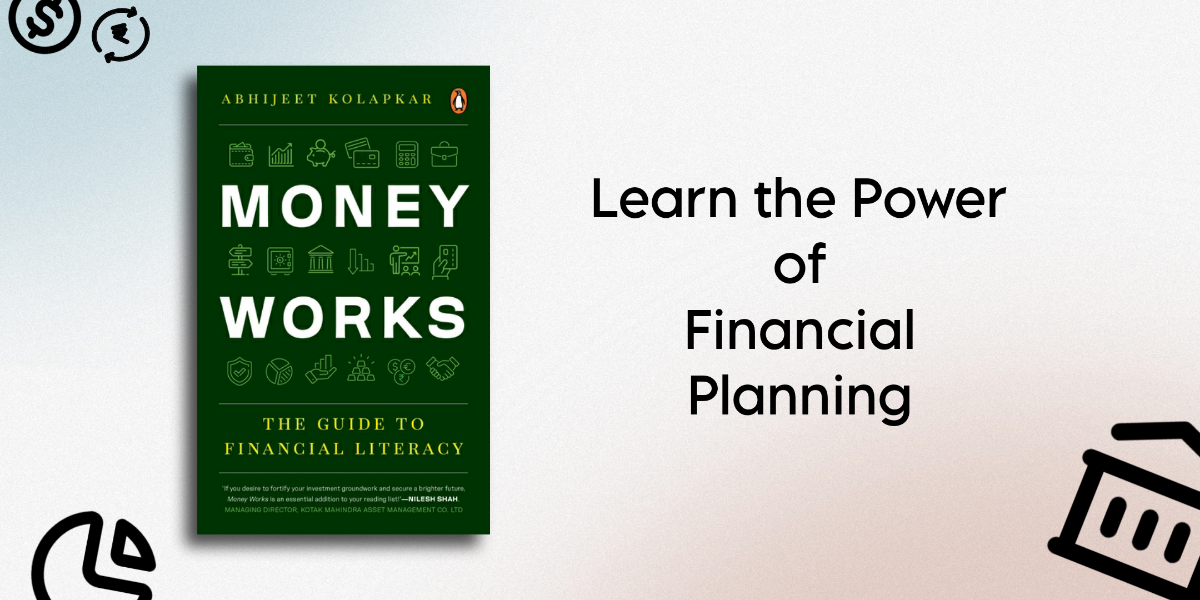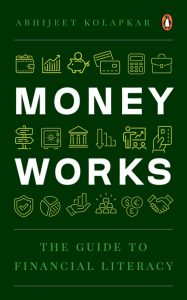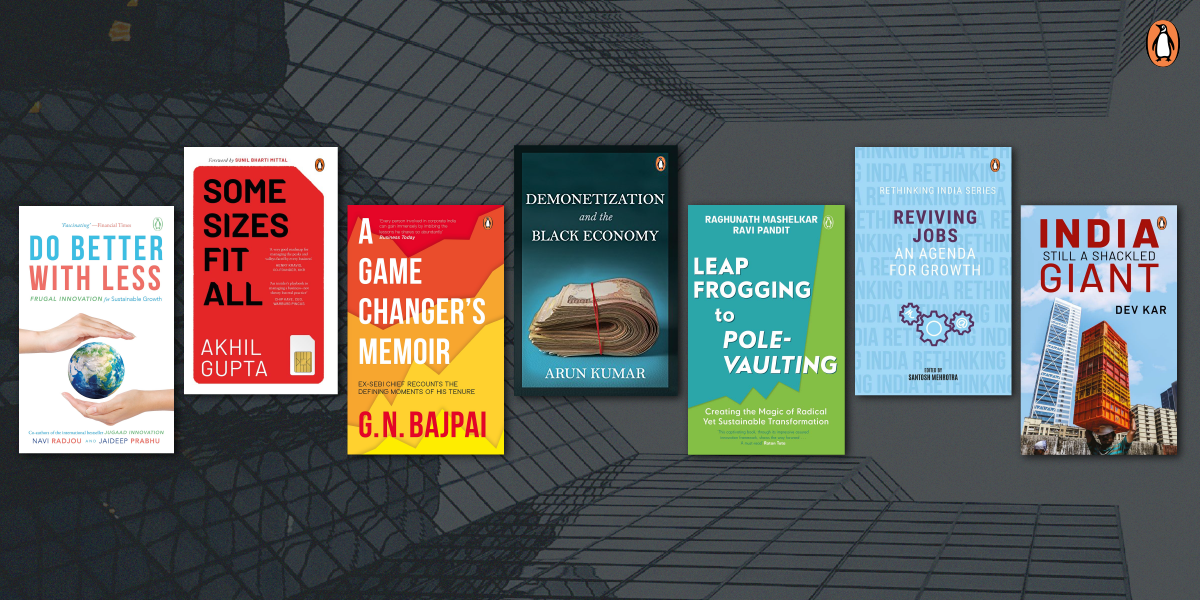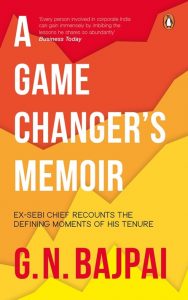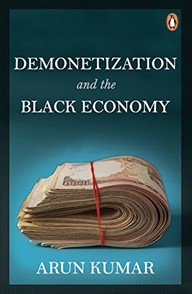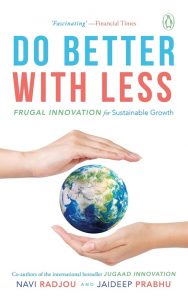Curious about investing in crypto and diversifying your investment portfolio? Mukesh Jindal’s Crypto the Disruptor sheds light on the transition from traditional money to digital currencies, offering valuable insights and tips for beginners and experts alike. Despite regulatory challenges, India’s crypto market is buzzing with innovation and there’s no better time to get into it than now. So, if you’re keen to explore crypto investments, read this exclusive excerpt to know everything about this hottest currency trend.

***
Although investing in crypto assets is not illegal in India, the government heavily taxes and regulates it. The Finance Bill 2022 imposes a 30 per cent tax on crypto holdings and transfers, making it costly to trade crypto in India. The government has also expressed its intention to create a central bank digital currency (CBDC) and ban private cryptocurrencies. However, despite these challenges, india is one of the fastest-growing crypto markets in the world, with over 100 million crypto owners. some of the most popular crypto assets in india are Bitcoin, ethereum, Dogecoin, Cardano and XRP.
The indian crypto market is witnessing a surge of innovation and entrepreneurship as more and more crypto projects and platforms emerge and gain traction. some examples include Polygon, a layer-2 scaling solution for ethereum; WazirX, a leading crypto exchange and platform; CoinDCX, a crypto investment app; and instadapp, a DeFi aggregator and manager. if you are a beginner and want to start investing in crypto assets in india, you need to follow five basic steps:
1. Choose a crypto exchange or broker that is registered with the Financial intelligence unit (Fiu) and complies with the tax and regulatory requirements. An Fiu is a national agency that collects, analyses and disseminates information on suspicious or unusual financial transactions that may be related to money laundering, terrorism financing or other crimes. Fius also cooperate with other domestic and international agencies to combat financial crimes. The Financial intelligence unit-india (Fiu-inD) reports directly to the finance minister-led economic intelligence Council. some of the leading cryptocurrency exchanges in india are WazirX, CoinDCX, ZebPay and unocoin. They allow users to buy, sell, trade and store various digital tokens, such as Bitcoin, ethereum, Ripple and more. They also offer different features and services, such as crypto lending, margin trading, peer-to-peer (P2P) transactions and educational resources.
2. Create an account on the platform and verify your identity and address. You may need to provide your Permanent Account number (PAn) card, Aadhaar card, bank account details and other documents.
3. Deposit funds into your account using your preferred payment method. You can use the unified Payments interface (uPi), bank transfers, debit cards or credit cards.
4. start purchasing crypto assets of your choice. You can either buy them at the current market price or place a limit order to buy them at a specific price.
5. store your crypto assets in a secure wallet. You can either use the platform’s wallet or transfer your crypto to an external wallet, such as a hardware wallet or a software wallet.
As previously stated, there are two sorts of cryptocurrency wallets: software-based hot wallets and physical cold wallets. Hardware wallets, a sort of cold wallet, are one of the most secure methods of storing cryptocurrency. They function by keeping your private keys on a physical device (often a usB or Bluetooth device).
some of the benefits of using a hard wallet are:
• Control: You have full ownership and control of your funds as you manage your private keys without relying on any third-party service.
• security: Your private keys are kept offline at all times, which makes them immune to hacking, malware or phishing attacks.
• Compatibility: As long as the device supports them, you can store and access thousands of different cryptocurrencies with a single hard wallet.
• Convenience: You can easily connect your hard wallet to your computer or smartphone and make transactions with a simple click or tap.
Online platforms like TradingView can assist cryptocurrency traders and investors. They are platforms that provide advanced charting tools, market data and social features for traders and investors in various markets, including cryptocurrencies. They also support trading directly from the charts through various brokers and exchanges, such as Binance, Coinbase and Kraken.
Crypto investing offers a wide range of assets, pairs and derivatives to choose from. However, not all of them have the same performance and potential. Therefore, it is advisable to diversify the portfolio across different categories, such as Bitcoin, altcoins, stablecoins and tokens, as well as across different sectors, such as DeFi, nFTs, gaming and the metaverse. This way, one can reduce the correlation and dependency on a single asset or market and increase the chances of earning consistent returns.
***
Get your copy of Crypto the Disruptor by Mukesh Jindal wherever books are sold.







